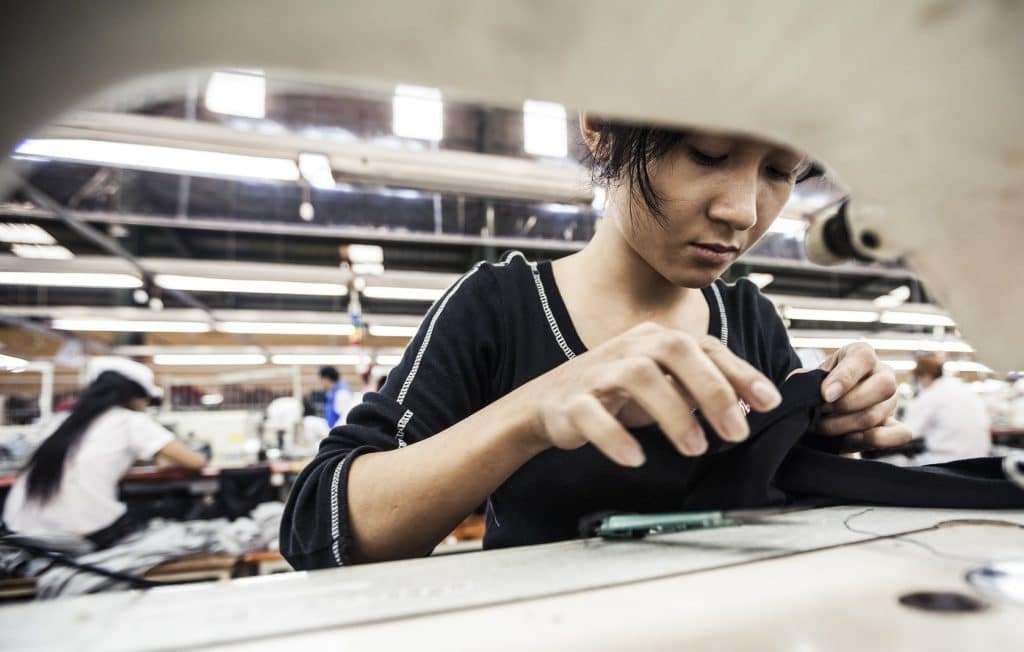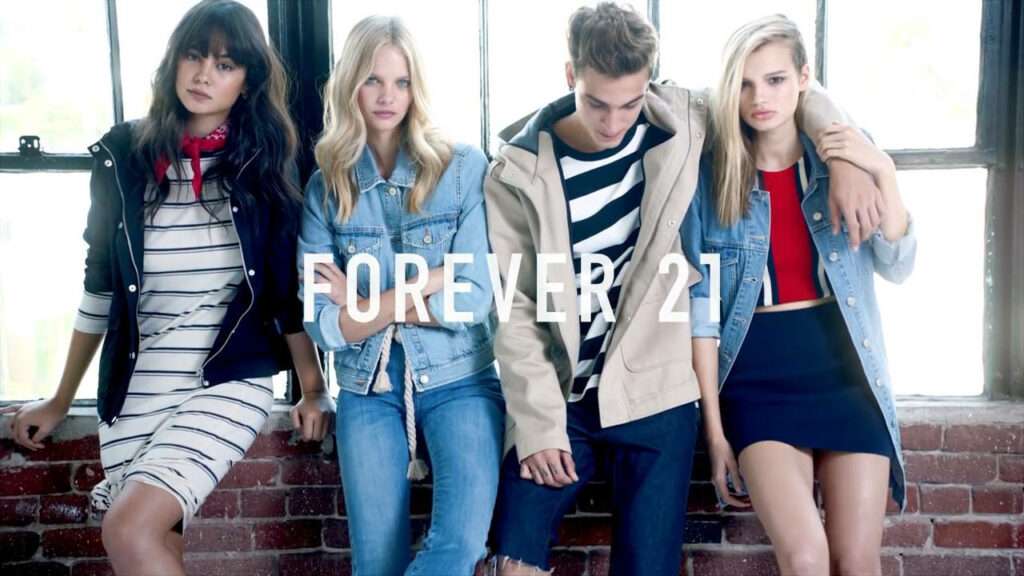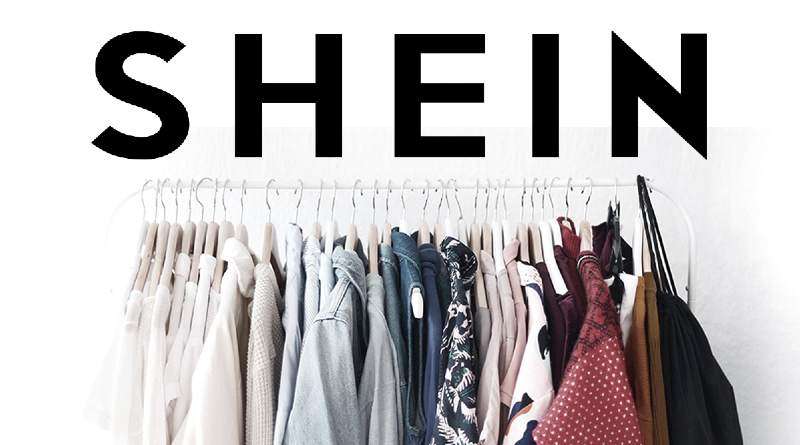Shein and Forever 21 have joined forces, making them a more powerful force for the ultra-fast fashion market than ever. But don’t be fooled by their tricks: sustainable consumption is still the way forward.
In news nobody in the sustainable fashion space was hoping for, Shein and Forever 21 are officially teammates. The fast fashion giants announced at the end of last month that they would be joining forces, with Shein acquiring around one-third of Sparc Group, Forever 21’s operator. Sparc Group now also has a minority stake in Shein.
For those who are trying to guide the clothing industry away from the exploitative and destructive practices of the fast fashion industry, the news that Shein is getting more powerful is a big blow. Here’s what the new deal will entail, and why, in a market where it’s getting easier and easier to give in to ultra-fast fashion, resistance is more important than ever.
The problem with Shein and Forever 21’s new partnership
The new deal between Shein and Forever 21 is concerning. Both are two of the most popular brands in the fast fashion space, but they are also both notorious for bad practices.
In 2016, for example, a report by the Los Angeles Times claimed that garment workers in Southern California working for several brands, including Forever 21, were earning as little as $4 per hour. (For reference, in 2016, the California Minimum Wage was $10 per hour.) Five years later, in 2021, another report from the Guardian revealed that thousands of garment workers in Los Angeles, again making clothes for brands including Forever 21, were paid less than minimum wage.

“We work non-stop. We don’t take any breaks, but make anywhere from $250 to $300 per week,” one anonymous worker told the publication.
And Shein has also been named in multiple controversial reports in the last few years. The $100 billion e-retailer has been accused of violating Chinese labor laws in garment factories. And one investigation in 2021 found employees working 75-hour weeks, with just one day off per month, in its Guangzhou factories.
Both (and fast fashion in general) also produce an incomprehensible amount of textile waste. Shein, for example, adds around 6,000 new styles to its website every day, most of which are made from synthetic, non-biodegradable materials like polyester. Because most fast fashion clothes are poor quality, too, the majority will end up in the landfill, where they will not biodegrade.

The new deal will not minimize or improve Shein or Forever 21’s impact on the planet or workers. Of course, it will make it worse. After all, the partnership has been formed for one reason and one reason only: profitability.
Together, Shein and Forever 21 will help to elevate each other, with Forever 21 benefitting from Shein’s massive online reach, and Shein benefitting from floor space in Forever 21’s physical stores. There are more than 400 Forever 21 storefronts across the US.
How to avoid fast fashion
Shein and Forever 21’s partnership demonstrates that fast fashion is finding new ways to grow and adapt in a changing industry, but this means it’s more imperative than ever that shoppers find more sustainable ways to buy clothing. Fast fashion brands might offer cheaper garments, but this comes with a major cost: namely, the planet and people.
But there are a few ways to shop sustainably on a fast fashion budget. Firstly, you can look to resale platforms, for example, Depop, Poshmark, or Vinted, and join the growing cohort of conscious consumers embracing this way of shopping. In August 2023, one report suggested that around 85 percent of consumers now engage in resale, with more than 40 percent seeing it as a status symbol to do so.

And, of course, there’s always the sustainable fashion market.
While sustainable clothing brands do tend to have higher prices, this is because the cost of production, sustainable sourcing, and fair wages are all factored into the pricing of a garment. That said, if you’re on a budget, one idea is to consider saving the price you would spend on fast fashion every month, for example and put it towards the price of one piece from a sustainable fashion brand that you will treasure and take great care of for years to come.
Taking a stand against fast fashion has never been more important. For more advice on how to shop for sustainable clothes, find our fashion-focused guides (including boots for fall, capsule wardrobes, hoodies and sweatshirts, and much more) here.
Related on Ethos:


